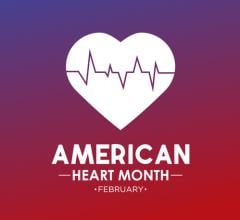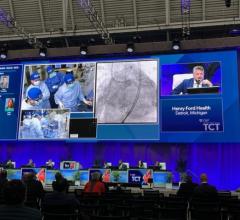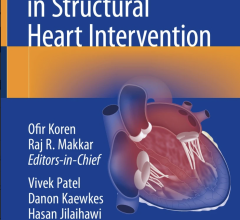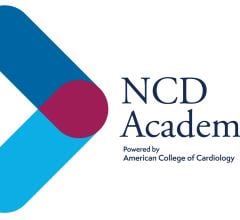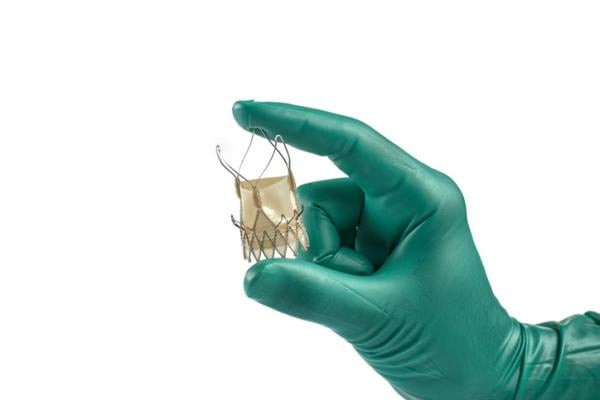
Getty Images
January 29, 2024 — Despite national guidelines recommending surgical aortic valve replacement (SAVR) for patients under age 65 with severe aortic stenosis, many hospitals are still opting for a nonsurgical approach in patients under 60—possibly with poorer survival rates.
In a study presented at The Society of Thoracic Surgeons’ 2024 Annual Meeting in San Antonio, Texas, researchers from the department of cardiac surgery in the Smidt Heart Institute at Cedars-Sinai in Los Angeles and the department of population health science and policy at Mount Sinai New York compared outcomes for patients undergoing surgery and those undergoing nonsurgical or transcatheter aortic valve replacement (TAVR) from 2013 to 2021 in California.
From a pool of 37,011 patients, the study identified 2,360 patients under the age of 60 years who underwent these procedures, with 22% receiving TAVR and 78% SAVR. By 2021 almost half of patients younger than 60 years were receiving TAVR rather than SAVR. The research team followed these patients for a median time of 2.4 years after TAVR and 4.9 years after SAVR to assess their outcomes.
The primary focus was on 5-year survival rates. Secondary outcomes included rates of reoperation, infective endocarditis, stroke, and hospital admissions for heart failure. Propensity score matching ensured a fair comparison of 358 pairs of patients, balancing factors such as age, major health conditions, hospital volume, and urgency.
While the 30-day mortality rates were similar (0.2% for SAVR vs. 0.4% for TAVR), the 5-year survival rate was significantly better after surgery compared to TAVR (98% vs. 86%, p < 0.001). For secondary outcomes, there was no significant difference between the two groups.
“While we expected that the volume of transcatheter therapy would increase over the study period in this young patient cohort, we were surprised there appears to be near equipoise in terms of procedure selection, with patients and clinicians opting for procedures against the 2020 guidelines,” said study coauthor Jad Malas, MD, a cardiothoracic surgery resident at Cedars-Sinai Medical Center in Los Angeles.
In their 2020 consensus guidelines, the American College of Cardiology and the American Hospital Association recommended surgery over TAVR in patients under 65 with severe aortic stenosis, a condition that stiffens and narrows the aortic valve, making blood flow more difficult. Dr. Malas and colleagues wanted a real-world snapshot of how hospitals are treating patients in an even younger cohort.
The study results indicate a need for randomized trials in younger patients (who represent fewer than 10% of the patients in randomized trials comparing these treatments)—as well as more balanced and informed patient-centered decision-making—to support more appropriate practice in this younger patient population, said Dr. Joanna Chikwe, senior author of the study and chair of the department of cardiac surgery in the Smidt Heart Institute at Cedars-Sinai. She added that her research group has expanded their analysis to include a multi-state registry for better comparison of the two procedures.
“As cardiac surgeons, we owe it to our patients to take a more prominent role in providing the highest quality evidence to help our patients make these major healthcare decisions,” she emphasized. “While transcatheter therapy appears more attractive to most patients, there are clearly long-term benefits with surgical therapy for the lifetime management of valvular heart disease in many patients.”
For more information: https://www.sts.org/

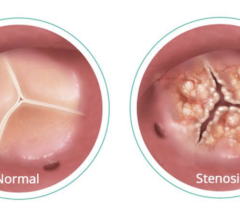
 April 25, 2024
April 25, 2024 

